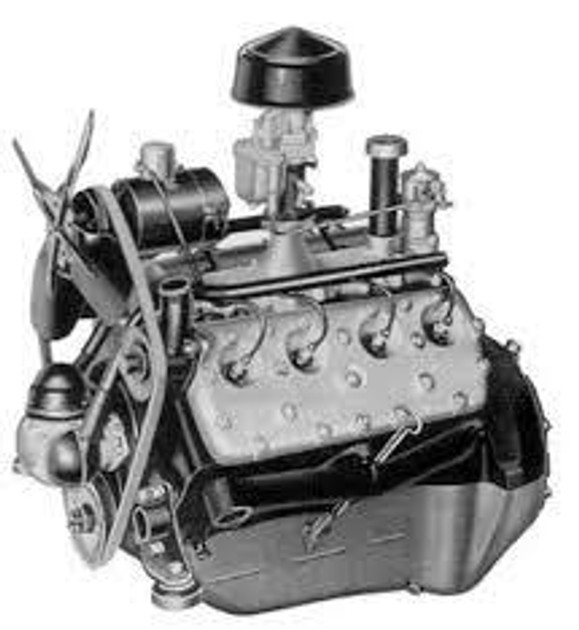The Rise and Fall of the Ford Flathead V8
Jan 21st 2022
The Ford Flathead V8 was as popular when it was introduced as it is today. When Ford first offered it as an option on its cars in 1932, it gave average American drivers access to far better horsepower than ever before. Today, it is an essential and nostalgic part for classic hot rods.
Ford has a reputation for making automotive technology available to the masses. From the Model T that got the average person behind the wheel to the pickup truck, Ford found a way to manufacture their cars at lower prices. In 1932, they made the V8 engine affordable for the first time with the introduction of the Ford Flathead V8.
What Made the Flathead So Popular and Why Production Finally Ended
The V8 engine had already been in production for decades in some European cars and Cadillac models, but they traditionally used overhead valves, making them extremely expensive.
The Ford flathead engine was all about simplicity. Ford solved the cost issue of overhead valves by making them flat and putting them directly into the engine. Using a single cast block and integral, rather than individually cast, cylinders, the engine was faster and cheaper to produce. It used a 90 degree V arrangement with 4 cylinders per side.
In the 1930s, the resulting engine was revolutionary. It provided 65 hp, far more than the average 6 cylinder engine, and a number which was quickly upgraded to 75 hp, then 85 hp. By 1953, the last year of production, the Ford Flathead was at 125 hp.
So why did Ford end up killing off this wildly successful engine? There were two main reasons:
- Poor Cooling - From the beginning, flattys had issues with cooling. The 90 degree engine made for inefficient air flow. Despite ongoing improvements over the engine’s 50 year production timeline, this issue was never really fixed. When technological advancements in WWII made overhead valve engines cheaper to produce, they were an easy answer to the cooling problems inherent in the Flathead engines.
- Low Compression Ratio - The first Flathead V8 had a compression ratio of 5:1 and that did not improve much in later years. Simply, the engine was heavy and inefficient. While this was not a problem with the slower speeds in the 1930s, it had become one by the 1950s. Unfortunately, the low cost design of the engine meant that increasing compression would further reduce the air flow and cooling.
Although Ford discontinued the Flathead engine, it had already become a staple of 50s hot rods because of its power and durability.
Restoring Vintage Fords with a Flathead Engine
The popularity of the Ford flathead meant that over 10 million of these engines were produced with new parts made up until the 1950s. This makes it possible to find stock parts for an engine rebuild or to replace other parts on your car.
Yet updated technology can provide better performance on your classic hot-rod. Instead of the original generator, a modern alternator provides better power for your flathead engine and accessories. At Vintage Auto Garage, we stock alternators that look just like the original generator and fit in the same location, painted in matte black for an authentic appearance.
Request 12 volt conversion kits and products for your Ford Flathead V8, or any vintage vehicle.Browse through our inventory for the parts you need for your antique Ford or hot-rod, or contact us for personalized assistance.

